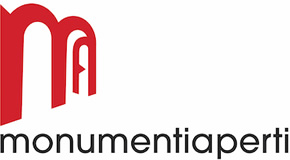The building that houses the Archival Superintendence for Sardinia was built between 1913 and 1915 in the area called Is Stelladas, then peripheral to the historic district of Villanova. It was built by Agostino Casaccia from Liguria, who lived there with his large family from 1913 to 1923. The building in 1941 was purchased by industrialist Francesco Barrago, and long afterwards the Ministry of Education declared its historical-artistic interest, as an appreciable example of civil architecture in the “Art Nouveau” style. In 1987 the property was alienated to another private individual. On the sale of the so-called “Barrago House,” the Superintendence of Environmental Heritage of Cagliari and Oristano asked the Ministry of Cultural and Environmental Heritage to exercise the right of first refusal to use it as the headquarters of the Archival Superintendence. Once acquired by the state, the building underwent thorough restoration work. The building, made of stone masonry, presents a linear and geometric structure. Inside one can admire delicate tempera paintings faithfully reproduced on the walls and ceilings and the elegant staircase with original wrought-iron railing. The building, to which a garden is attached, became, after restoration, the headquarters of the Archival Superintendency, equipped with suitable offices for staff and a library. In this environment one can visit the documentary exhibition “Ten Archives for a Neighborhood,” curated by the Superintendency itself. The research, conducted at some of the most important island archives starting from the “Art Nouveau” building, aims to reconstruct, precisely, the history of the neighborhood, now known as “La Vega,” which has become with its architectural, urban and social development now an integral part of the city.








